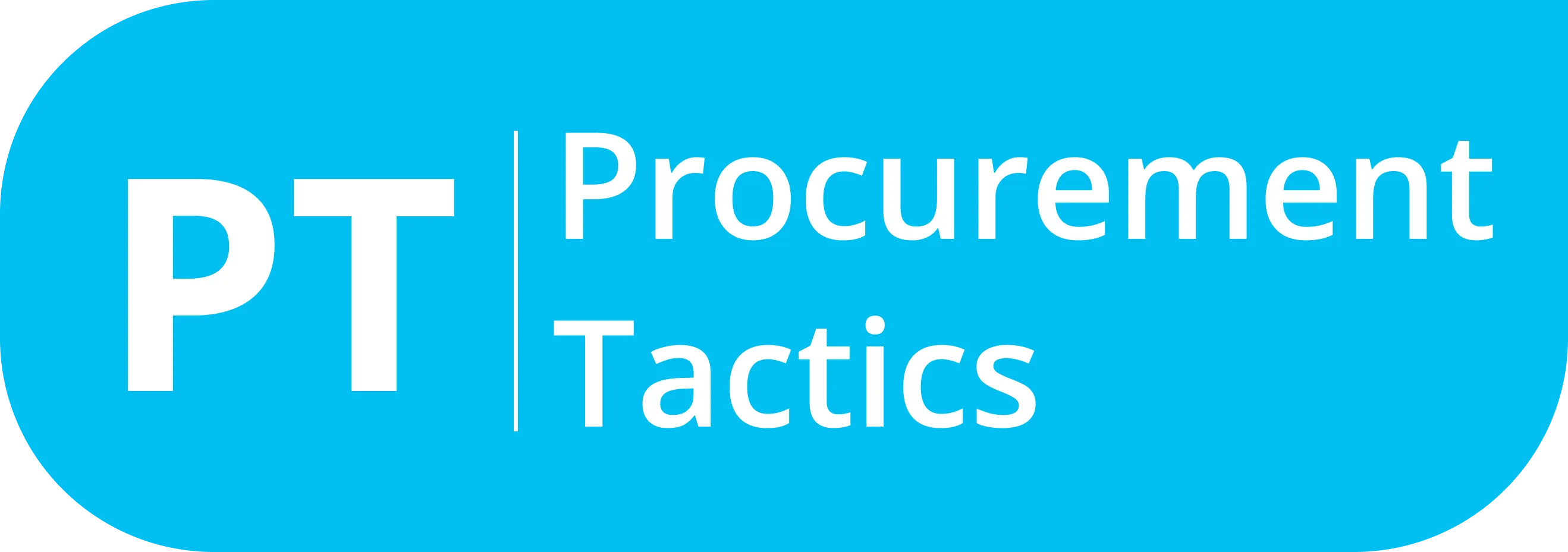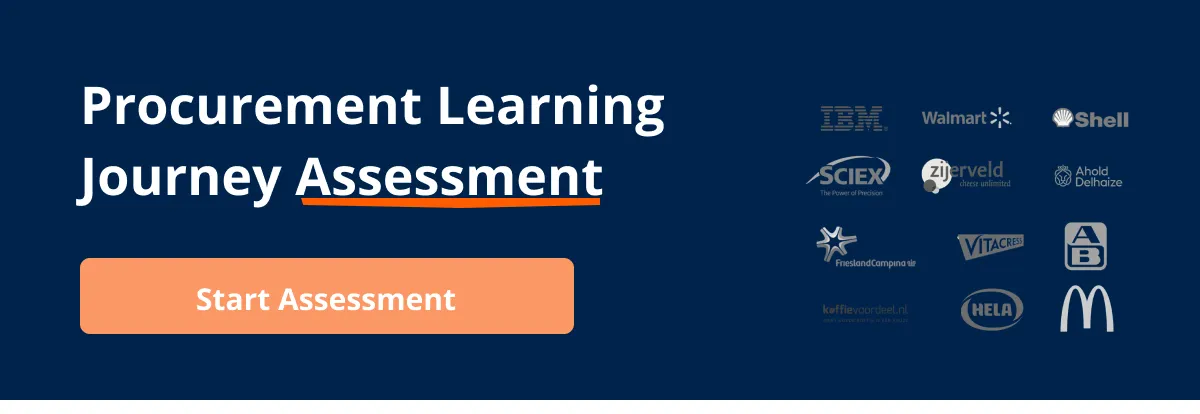Written by Marijn Overvest | Reviewed by Sjoerd Goedhart | Fact Checked by Ruud Emonds | Our editorial policy
Replenishment — Everything A Procurement Professional Should Know
Key takeaways
- Replenishment is all about replenishing an already established product order.
- This process ensures the company’s operational continuity and reputation in satisfying customers.
- The replenishment involves crucial metrics to determine the most optimal situation for pursuing the process.
The title sounds very simple, but the word replenishment is actually a big deal in the procurement world.
For this article, we will look at what replenishment means for procurement managers and how it differentiates from another familiar procurement term, which is fulfillment.
After reading this article, you should already have a good idea as to what replenishment is.
Defining Replenishment
If we’re going to look at any English dictionary, the word “replenishment” should be easy to define. It means “the act of refilling an item.” In the procurement world, however, replenishment means the area within operations where retailers find an edge to beat the competition and to make their customers happy.
So in essence, it’s more about replenishing the customers’ satisfaction with a company’s product or service, rather than replenishing or restocking the empty shelves or boxes of supplies or products.
Replenishment is more than just refilling customer satisfaction. It’s also about checking whether an item should be restocked after it performs well. For example, an item on sale for the past few months has already run out. Normally, the company will order a few dozen more to maximize profits. The question is: Is it right to replenish an item just because it sold well a few months ago?
Replenishment vs Fulfillment
For most procurement managers, there is always a chance for replenishment to be branded or labeled the same as with fulfillment. Both terms are actually very different from one another.
Fulfillment is the process or business of executing and handling customer orders, such as packing, processing, or shipping checks. Apart from demand planning, fulfillment also has something to do with customer order management and supplier order management.
In essence, fulfillment is all about a company fulfilling orders while replenishment is more in line with refilling an order that’s already taken place in the past.
The Replenishment Process
Replenishment is one of the most common processes in procurement. For vendors who offer merchandise in a limited number of shipments, merchandise planning and allocation are often applied to help with the orders.
While replenishment is often used to help companies that order a limited number of products, there is also a limit as to what replenishment can do. This is why replenishment also has base components that can identify the best practices that can be used for each replenishment process and its benefits as well.
Without further ado, here are the components of the replenishment process, which are also included in our Negotiation Course For Procurement Professionals:
1. Demand Forecasting
Probably the most difficult out of all components of the replenishment process, demand forecasting is the most basic fundamentals of replenishment buying. However, it is also the most influential. Being able to master demand forecasting will make replenishment seem like child’s play!
Replenishment buyers are typically responsible for tens of thousands of product locations and may not have the time or analytical backgrounds to make these types of decisions. Look for solutions that have a “pick best” approach or a single algorithm that is flexible enough to address the needs of all products. One area where retailers can impact the accuracy of these algorithms is the frequency of demand updates.
Updating forecasts frequently enables retailers to react more quickly to changing consumer buying habits, but this increased reaction speed has a price. Frequently updating forecasts may reveal lower-level variance in the demand history and may increase safety stock requirements to compensate for this variance. For example, if an item sells one, nine, one, and nine over a four-week period the average sales are five each week but the variance from the forecast is four each week – or 80% of the weekly forecast.
Updating the forecast less frequently has the effect of smoothing the normal random variance but does not allow the system to react as quickly when demand is actually trending up or down.
2. Lead Time Forecasting
Lead time forecasting has nearly as much impact on the replenishment process as demand forecasting. Lead time refers to the number of days between order placement and receipt, including the time it takes to enter the receipt into the system, place it on the shelf, or otherwise make it available for sale.
As replenishment focuses on acquiring products to support anticipated needs, the lead time forecast is the key to understanding how long ahead of that future need orders should be placed.
The lead time variance indicates the number of deviations buyers experience with order delivery. This number represents the reliability of the lead time forecast. The higher the number, the more inconsistent the vendor or warehouse is in their shipping process.
If the weekly demand forecast is 100% accurate, but the lead time forecast is too high by a week, replenishment orders will drive one week of overstock inventory. Under forecasting lead time by a week with a perfect demand forecast leads to inventory levels off by a week of supply and potential out of stocks.
3. Order Cycle Analysis
The order cycle refers to the amount of time expected between receipts. Knowledge of this variable enables buyers to look forward and determine how much product to buy so inventory levels are preserved until the next expected receipt.
Balance acquisition costs against carrying costs to calculate the most profitable order cycle. Acquisition costs include those related to PO creation such as transmission and payment, and PO handling costs such as a receipt, check-in, and put away of the merchandise. Carrying costs include those related to the cost of capital and the physical cost of inventory such as taxes, insurance, shrink, obsolescence, and depreciation.
4. Service Level Goal Analysis
How much customer demand should be supported by replenishment inventory and safety stock? Often the emotional reaction to this question is “100%, of course!” However, safety stock is used as a hedge against uncertainty. Customers can always buy more than forecasted. Vendors can always ship late. To ensure 100% coverage of all potential demand would require, theoretically, infinite inventory.
While lead time variance can be minimized through a strong vendor compliance program, accurately forecasting customer purchases will always be an inexact science. Retailers need some way to profitably compensate for the inevitable variance from demand forecasts. Service level goals and the corresponding safety stocks are that compensation.
Higher service level goals result in greater sales opportunities, but they can also result in higher levels of safety stock and expense. Some items have more consistent demand patterns and needless safety stock while other items have less reliable vendors whose lead time variance causes delayed shipments and lost sales. Some items have larger demand forecasts that require additional pieces of hedge stock, while other items receive larger receipts less frequently and have fewer chances to run out of stock.
5. Order Validity
Order validity refers to meeting ordering rules established by vendors. Examples of typical order rules include item or order minimums, maximums, and multiples such as truckload, case pack, layer, or pallet. The best replenishment solutions and processes build profit-driven logic into this step. While rounding an SOQ to a case pack multiple seems straightforward, when should quantities be rounded up to a layer, pallet, or truckload?
Deciding how and when to increase orders to meet these larger multiples can improve profits beyond just increasing gross margin. Truckload rounding often reduces lead times and lead time variance, leading to lower safety stocks and increased service levels.
Conclusion
In unraveling the intricacies of procurement, understanding the nuanced difference between replenishment and fulfillment proves essential. This article delves into the realm of replenishment, dissecting its significance for procurement managers. It clarifies that replenishment goes beyond restocking shelves; it’s about refilling customer satisfaction strategically.
The distinction between replenishment and fulfillment is emphasized, elucidating their unique roles in the procurement landscape. The article concludes by outlining the key components of the replenishment process, underlining the critical role of internal analytics and forecasting in mastering this fundamental aspect of procurement.
Frequentlyasked questions
What is replenishment?
Replenishment is all about replenishing an already established product order.
What is fulfillment?
Fulfillment is all about fulfilling an order, along with other tasks such as managing and establishing order management.
Why is replenishment important?
Replenishment is important because it is the only way to bring back a popular product order.
About the author
My name is Marijn Overvest, I’m the founder of Procurement Tactics. I have a deep passion for procurement, and I’ve upskilled over 200 procurement teams from all over the world. When I’m not working, I love running and cycling.


